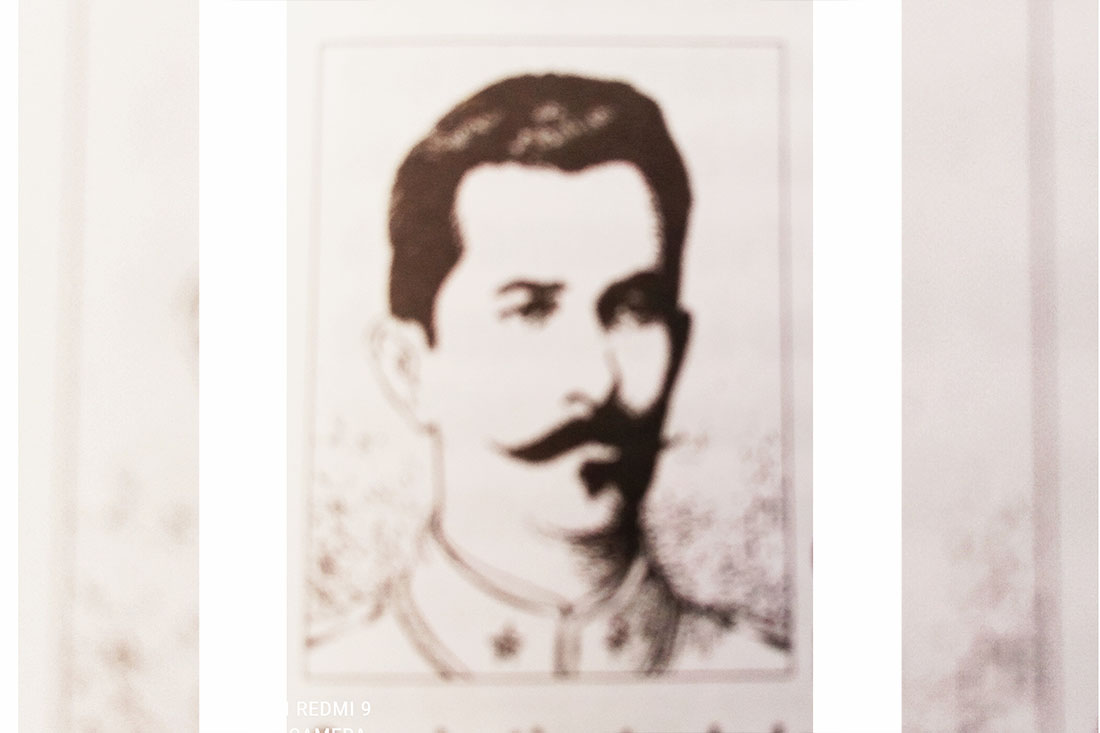The Cuban independence process had in Camagüey the support of many men who did not hesitate to step forward and meet the demands of the moment. One of them was Fernando Espinosa Socarrás.
In the first years of the Great War, Espinosa fought under the orders of Brigadier General Ángel del Castillo, with whom he moved to the jurisdiction of Sancti Spíritus in 1869 to return to Camagüey two years later. He participates in the invasion of Las Villas, in 1875, as a member of the troops led by Major General Julio Sanguily. He ends the feat with the rank of Lieutenant Colonel.
The need to achieve the freedom of Cuba makes him join the Little War; but he is taken prisoner in Nuevitas, then sent to Spain and a month later sent to Chafarinas prison. In 1881 he returns to the metropolis as a deportee.
Fernando Espinosa Socarrás joins the new contest under the direct supervision of Máximo Gómez. As a member of that column, he stands out in the taking of Fort Pelayo.
Seriously injured
During the combat of Iguará, the troops of Máximo Gómez and Antonio Maceo that made up the invading column dealt a resounding blow to the Spanish soldiers, led by Colonel Enrique Segura; for entire sections of the peninsular infantry were annihilated, generating great disorganization.
This combative action lasted nearly two hours. The casualties suffered by the adversaries were heavy. They also had a large number of serious injuries.
Gómez states in his Campaign Diary that when they arrived at the Campana, they were informed of the wounded and fallen. Among the first was the then Chief of the General Staff, Colonel Fernando Espinosa Socarrás; while among the seconds was Lieutenant Colonel Andrés Hernández, head of Maceo’s escort.
After recovering, he comes under the command of Major General “Mayía” Rodríguez, Chief of the Third Army Corps of Camagüey.
In the last years of the war
In 1896, Espinosa is promoted to Brigadier General; while at the beginning of 1897 he is appointed by Major General Javier de la Vega, who was at that time the highest chief of the Third Army Corps, chief of the Second Division – a position with which he occupies the town of Cascorro. Also in that year he fights the battles of Buenavista and Cabeza de Toro.
Once the war conflict is over and at the beginning of the new century, death knocks on the door of this hero of the three wars.
Bibliography
– Diccionario Enciclopédico de Historia Militar de Cuba. Primera Parte (1510-1898). Tomo 1. Biografías. Casa Editorial Verde Olivo, La Habana, 2014.
– Diccionario Enciclopédico de Historia Militar de Cuba. Primera Parte (1510-1898). Tomo 2. Acciones combativas. Casa Editorial Verde Olivo, La Habana, 2014.
– Gómez, Máximo. Diario de Campaña del Mayor General Máximo Gómez. Impreso en los Talleres del Centro Superior Tecnológico Ceiba del Agua, Habana.
Translated by: Aileen Álvarez García






